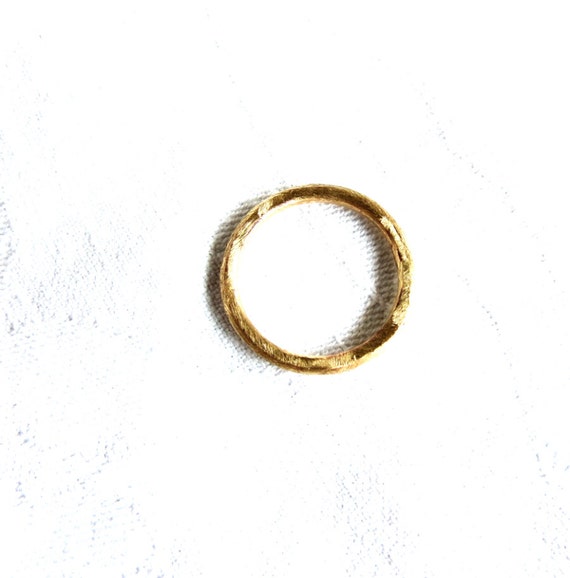Whenever we're travelling, we're on the hunt for those quaint little gift shops that are filled with nautical treasures, handmade crafts and colorful, tumbled stones. I usually cannot hold back... I have a need to touch and hold them; they're so shiny and pretty! Who could resist?
Years ago, when I first embarked into the handmade jewelry business, rock tumbling was a major part of my business. We collected beach stones, learned the art of tumbling and used the polished stones to make beautiful, one of a kind jewelry pieces. Here are a few examples of polished, beach stones in wire wrapped settings: beach stone Quartz ; Jasper and Quartz Mix ; Blackstone Set ; Carnelian Heart
Other than needing a tumbler and grit, we had no knowledge on how to proceed; what type of tumbler should we purchase: a rotary tumbler, a vibratory tumbler or should we look into making our own? These are important questions if you're going to make a business out of it, as we did.
So, what is the difference between a rotary and a vibratory tumbler, and why is this an important factor? See the pictures below: the first picture is a rotary tumbler; the second is a vibratory tumbler.
Rotary Tumbler facts:
-A rotary, rock tumbler has a round drum attached to a motor with a belt. It basically works much in the same way as a clothes dryer does, but on a smaller scale and with stones instead of clothes;
-The approximate time to have a smooth, polished stone in this type of tumbler takes up to 2 months (depending on stone type and the finish you desire);
-The rotary tumbler is very affordable and often comes in kits with grits and raw stones;
-The rotary tumbler is best for wearing down really the stone's sharp edges (takes about 5-6 weeks);
-The tumbling action damages some of the stones;
-This type of tumbler can be very noisy especially if you have a cheaper model with a plastic barrel (rubber barrels are quieter and last longer);
-Uses a lot of grit;
-Needs regular maintenance (replace belts, oil and other).
Vibratory Tumbler Facts:
-A vibratory tumbler is exactly as its name suggests; it polishes through vibrating motions;
-There are no belts to worry about in this little machine and therefore you save on maintenance. I've had one of these for almost 10 years now without any problems, and I use it a lot;
-Interestingly, the shape of the barrel or "hopper" encourages your mixture of rock-water-grit, to turn on itself over and over again (kind of like a slow stirring motion). This gives you double polishing action;
-It's quite quiet when you compare to the rotary tumbler. I keep mine in the laundry room in our basement. I leave it on the floor and I can barely hear it on the main floor.
-I like the rubber barrels (hoppers); they're thick and sturdy and last a long time. I haven't changed it yet;
-Polishing time is fast compared to the rotary tumbler. We had a beautiful bunch of polished beach stones within a couple of weeks;
-This vibratory tumbler is more expensive;
-It uses let grit;
-Great for polishing handmade jewelry; I use it for my silver and copper jewelry and it works beautifully;
-One disadvantage (I believe there is only one), is that the action is not aggressive enough to round out sharp edges on stones. The vibratory tumbler is better for stones that do not have sharp edges; beach stones are ideal because they're already smoothed and rounded by the sea.
-This type of tumbler is also the perfect tool for shining cabochons or beads that need a bit of touching up;
-No maintenance as far as I'm concerned.
Ideally, if you're serious about rock tumbling, you would want both tumblers. You begin with the rotary tumbler to smooth out the sharp edges and wear down the stones, then move the stones to the vibratory tumbler for the rest of the steps. By doing it this way, you're saving time (polishing them with the vibratory tumbler is cut 50% or more), plus you will be saving money because the vibratory tumbler uses less grit.
Happy tumbling!





























